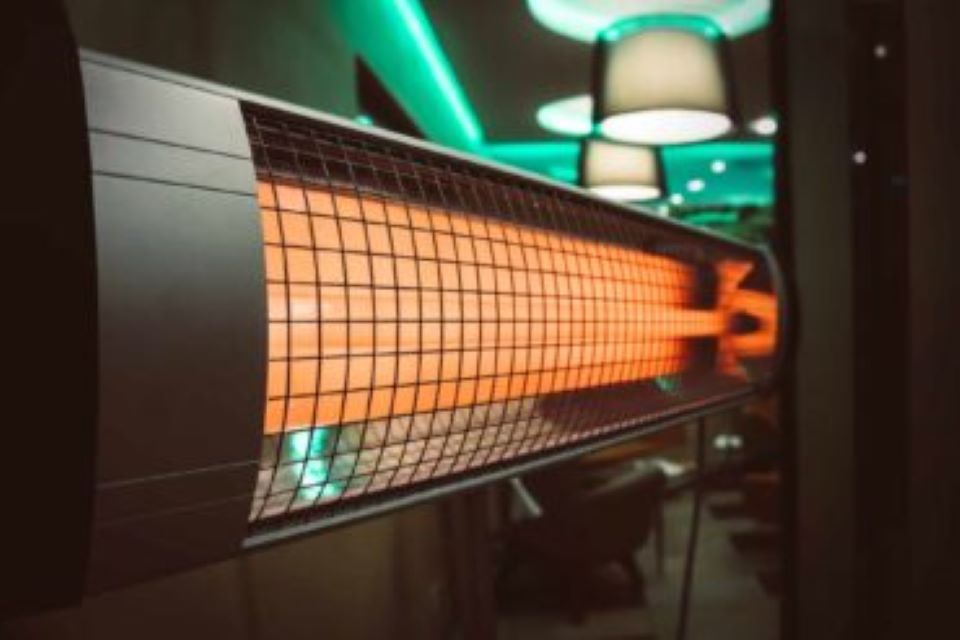When winter temperatures drop much below normal, staying warm and safe can be tough. Extremely cold temperatures are typically linked with a winter storm, which means power disruptions and hazardous roads are likely. Even if staying indoors as much as possible reduces the risk of road accidents and slipping and falling on ice, you may still face hazards in your own home. Many homes will be severely cold due to a power loss or a heating system that isn’t up to par with the outside temperature. When people are forced to rely on space heaters and fireplaces to keep warm, house fires and carbon monoxide poisoning become more common.
Exposure to extremely cold temperatures, whether indoors or outdoors, can cause a number of serious or life-threatening health problems. The condition is most dangerous to infants and the elderly, although it can afflict anyone. To keep yourself and your family safe, it’s critical to learn how to prevent cold-related health problems as well as what to do if a cold-weather health emergency develops. The emergency procedures outlined here are not meant to replace first-aid training. These methods, on the other hand, will help you decide whether or not to seek medical help and what to do until help arrives.
What Does the Term “Extreme Cold” Mean?
Extreme cold can take several forms and have a range of impacts in different locations of the country. Temperatures near freezing are referred to as “extreme cold” when they occur in locations that are not used to winter weather. Heat can be removed from your body more quickly than usual when temperatures are well below average and the wind speed increases. These weather-related events have the potential to harm people’s health. Extreme cold is a dangerous situation that can create health problems in individuals who are vulnerable to it, such as those who are homeless or trapped, or those who live in a home that is poorly insulated or without heat.
The purpose of the winter season is to stay warm. A snowfall will likely turn off the electricity and render the entire system unworkable on occasion. It is advisable to be prepared for such occurrences by putting in place a backup system. In this blog, we’ll go over all you need to know about using an emergency heater as a backup.
What is an emergency heater, exactly?
The terms “emergency heat” and “auxiliary heat” are interchangeable. It’s the thermostat, which is configured to turn on the second stage heat when it’s cold outside. It circulates heat in the same manner it does outdoors, and it activates when the outside temperature is 35 degrees F or lower.
What’s the difference between a home-made emergency heater and a professional-grade emergency heater?
In the sense that it may be created with common home items, the emergency heater is a do-it-yourself heater. They’re still simple, and they can produce a lot of heat, but you shouldn’t leave them alone since they produce a lot of flame, which can be harmful. Here’s a quick and easy emergency heater you can make.
You’ll be in need of
- An empty 1-quart paint can or a food container with a lid.
- a roll of toilet paper
Putting It All Together
- A screwdriver is required to detach the cardboard tube from the toilet paper roll.
- Squeeze the roll to compact it after removing the cardboard, so it will fit into the tin container nicely.
- Place the roll in the tin with the help of a screwdriver.
- Examine the tissue rim to determine if it continues all the way to the bottom of the tin.
- Place a 1 square foot tile beneath the tin before lighting it.
- Gradually pour the isopropyl (we are using it as a wick). Allow it to consume all of the fluids.
- Now is the time to light the paper from the tin’s top. Make that you’ve placed it in the correct location. That’s all there is to it. Your backup heater is up and running.
What is the operation of an emergency heating system?
The emergency heater is normally fueled by electricity, but a natural source such as oil or gas can also be used. In the event of an emergency, propane heaters are also available.
A heat pump is essentially an air conditioner that produces work in the opposite direction of cooling. It distributes heat from one region to another in the summer and from the outside to the inside in the cold. When the temperature dips below 40 degrees Fahrenheit, the heat pump has a hard time drawing heat from the outside, making it less efficient.
As a backup, the heat pump turns to additional heating sources, such as electrical strip heat coils, to meet the demands (the ones similar to the toaster).
When should I turn on the emergency heat?
Many individuals use the best emergency heat, which is, to be honest, not writing, when the weather is too cold. The right approach to use heat after the heat pump stops heating, or in an emergency, is when the heat pump stops heating.
If, for example, snow has enveloped and damaged the entire outdoor unit, you should utilise the emergency heating source. This may keep you warm on any electric systems.
If your heat pump isn’t working properly, make an appointment with a professional.
Click here for additional details: https://usercompared.com/


